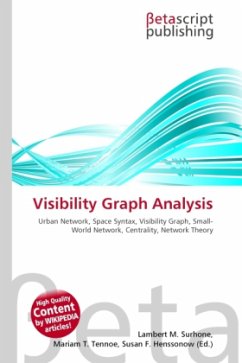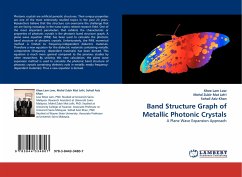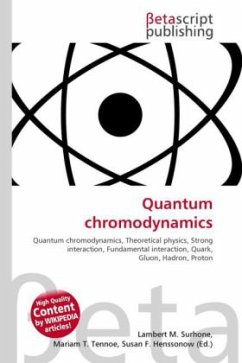
Quantum Graph
Versandkostenfrei!
Versandfertig in 6-10 Tagen
26,99 €
inkl. MwSt.

PAYBACK Punkte
13 °P sammeln!
High Quality Content by WIKIPEDIA articles! In mathematics and physics, a quantum graph is a linear, network-shaped structure of vertices connected by bonds (or edges) with a differential or pseudo-differential operator acting on functions defined on the bonds. Such systems were first studied by Pauling as models of free electrons in organic molecules in the 1930s. They arise in a variety of mathematical contexts, e.g. as model systems in quantum chaos, in the study of waveguides, in photonic crystals and in Anderson localization, or as limit on shrinking thin wires. Quantum graphs have become...
High Quality Content by WIKIPEDIA articles! In mathematics and physics, a quantum graph is a linear, network-shaped structure of vertices connected by bonds (or edges) with a differential or pseudo-differential operator acting on functions defined on the bonds. Such systems were first studied by Pauling as models of free electrons in organic molecules in the 1930s. They arise in a variety of mathematical contexts, e.g. as model systems in quantum chaos, in the study of waveguides, in photonic crystals and in Anderson localization, or as limit on shrinking thin wires. Quantum graphs have become prominent models in mesoscopic physics used to obtain a theoretical understanding of nanotechnology.












